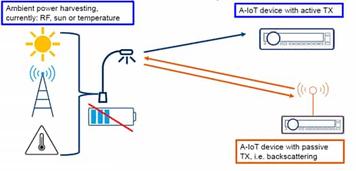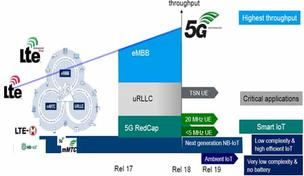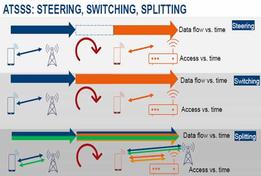Ambient IoT vs Traditional IoT : Key Differences
Advertisement
Introduction : For the vision of a truly “Internet of Things” to be realized; where trillions of everyday objects are connected; the cost per device needs to be pennies and the operational cost of maintaining them must be zero.
The core difference between traditional IoT (Internet of Things) and Ambient IoT (A-IoT) lies in one defining feature: the battery. This single distinction in power source leads to a cascade of differences in cost, scale, maintenance and the types of applications each technology can support.
In a Nutshell
Traditional IoT: These devices have an active, onboard power source, usually a battery or a wired connection. They are self powered and can “wake up” to transmit data whenever their programming dictates.
Ambient IoT (A-IoT): These devices have no onboard power source. They are completely passive and must harvest energy from their surroundings (like radio waves) to power up for a brief moment to transmit data. They cannot operate without an external energy source.
Difference between Ambient IoT and Traditional IoT
| Feature | Traditional IoT | Ambient IoT (A-IoT) |
|---|---|---|
| Power Source | Internal & active; battery is primary source, wired power | External & Passive ; No battery is required, harvests energy from ambient sources such as RF, Solar & Thermal |
| Device State | Can be in a low-power “sleep” state and can wake itself up to perform a task. | Is in a completely “off” state until it receives enough external energy to be woken up. |
| Communication | Active Transmission: Generates its own radio signal to communicate with a network (e.g., LTE-M, LoRaWAN, Wi-Fi). | Passive Backscattering (Primarily): Does not generate its own signal. It modifies and reflects an existing external RF signal to communicate. |
| Cost & Complexity | Higher cost due to battery, power management circuits, and more complex radio components. | Extremely low cost due to the radical simplification of hardware and the complete elimination of the battery and its associated electronics. |
| Maintenance | Requires maintenance. Batteries have a finite lifespan and must eventually be replaced, which is the single biggest operational cost for large-scale IoT deployments. | Zero-maintenance (“Fit and Forget”). With no battery to replace, these devices can be deployed and left for a decade or more without intervention. |
| Physical Size | Large & Bulky | extremely small, thin and flexible ; allowing it to be integrated into labels, packaging, or even embedded within materials. |
| Typical use cases | Asset trackers, smart home devices (thermostats, cameras), industrial machinery monitors, fleet telematics. | Item-level tracking in supply chains, smart labels on retail products, disposable medical sensors, smart packaging, simple environmental sensors. |
Summary: Ambient IoT eliminates the battery used in traditional IoT devices. Doing so, A-IoT drives down the cost and completely removes the need for maintenance, making it economically feasible to connect disposable or low value items on a massive, unprecedented scale.
Advertisement
 RF
RF




